
概述
前文中我们探讨了两条单端带耦合的传输线。每条线都有其自身的阻抗曲线和时延属性, 每条线上都有另一条线上的信号造成的近端和远端噪声。这是对两条不同的线进行描述的一种方法。
是德科技:信号完整性分析系列- 第 1 部分:单端口 TDRzhuanlan.zhihu.com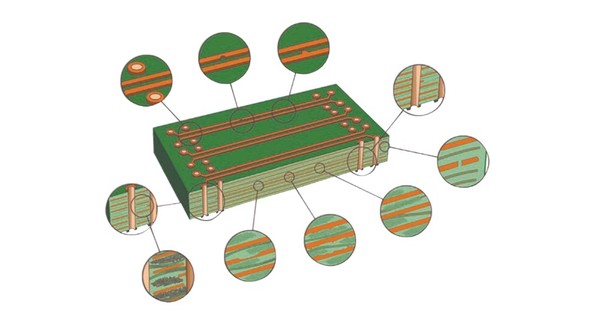
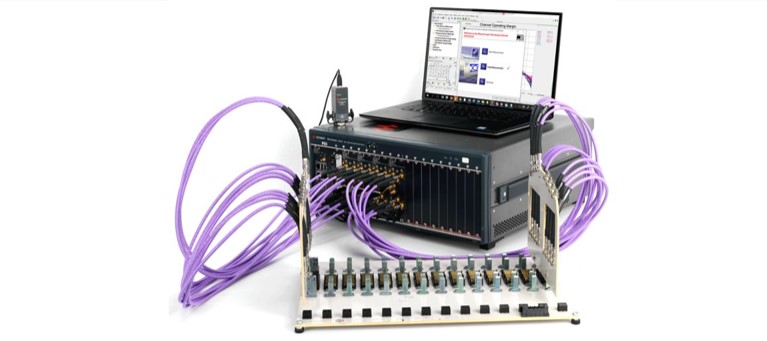
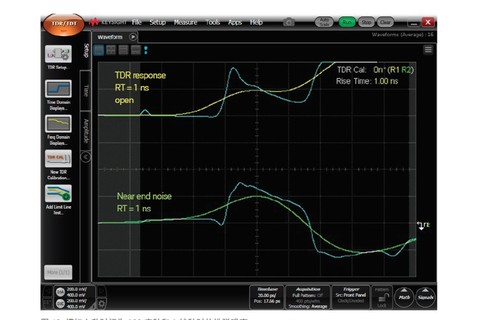
另一个方法是将这同样的两条线作为单个差分对进行描述。两种类型的信号可以在差分对上传播:差分信号和共模信号。在差分信号中,一条线上的电压是另一条线的负值。差分对上的差分信号分量是两条线之间的电压差。这意味着在差分信号中,返回平面上测得的一条线上的电压是另一条线的负值。大多数高速串行链路采用差分信号来发送信息。由于接收机的原因,差分信号比单端信号具有更好的信噪比和抗扰度。
共模信号分量是一个差分对中两个信号的平均值。这意味着共模信号其实是测量一对传输线的共模电压。由于共模信号很少用于携带信息,如果此信号变得过大以至于使得差分接收机饱和,或者超出了外部电缆上的产品,有时会带来一些问题,因为这样的信号会产生电磁干扰(EMI)。
当差分信号在互连上传播时,它会驱动差分对的奇模,差分信号会看到互连的差分阻抗。当共模信号在互连上传播时,它会驱动差分对的偶模,共模信号会看到差分对的共模阻抗。
如需表征差分对,TDR 必须驱动差分信号或共模信号二者之一,并将反射的差分信号或共模信号作为响应进行测量。这需要将两个通道连接到差分对的同一端,且具有等同的两个同步激励,即向被测件发射差分信号或发射共模信号。这可以通过差分 TDR(DTDR) 实现。
如图 49 所示,设置为差分激励时,两个通道的激励完全相反;而设置为共模激励时, 输出电压完全相同。
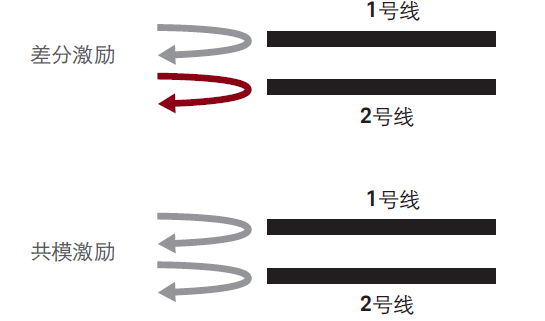
图 49. 表征查分对的配置。
在应用中,为 DTDR 设置一种操作模式。如需将 DTDR 调整为差分激励操作模式,可点击 TDR 设置打开 TDR 设置窗口,然后在 TDR 激励模式中选择差分。
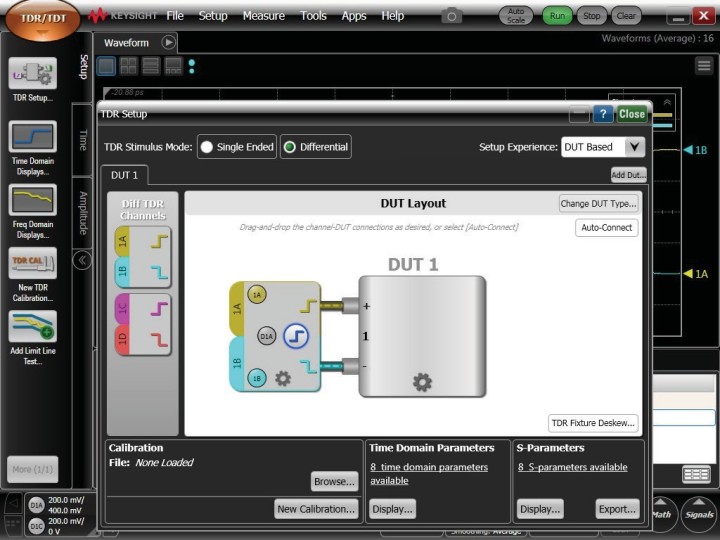
图 50. 用于差分测量的 DTDR 设置屏幕。
图 50 所示为调整差分操作模式的设置屏幕。请注意,不要将共模操作模式与能驱动差分对的偶模混淆。屏幕标签上带有共模的“模式”指的是“操作模式”,而不是驱动差分对的模式。
4.2 分别测量与每个差分对相关联的五个阻抗
如果单端传输线是差分对的一部分,那么它确实有三个不同的特性阻抗。这三个阻抗分别是单端阻抗,即当差分对中另一条线上存在恒定电压时的瞬时阻抗;奇模阻抗,即当差分对以奇模方式驱动时线上的瞬时阻抗和








 本文详细介绍了如何使用差分TDR(DTDR)测量和分析差分对的各种特性,包括差分阻抗、耦合度、双绞线电缆的特性以及模式转换。通过实例展示了测量过程和影响信号完整性的因素,强调了差分信号在穿越间隙、转换为共模信号时的行为,为高速串行链路设计提供了关键洞察。
本文详细介绍了如何使用差分TDR(DTDR)测量和分析差分对的各种特性,包括差分阻抗、耦合度、双绞线电缆的特性以及模式转换。通过实例展示了测量过程和影响信号完整性的因素,强调了差分信号在穿越间隙、转换为共模信号时的行为,为高速串行链路设计提供了关键洞察。
 最低0.47元/天 解锁文章
最低0.47元/天 解锁文章

















 7825
7825

 被折叠的 条评论
为什么被折叠?
被折叠的 条评论
为什么被折叠?








